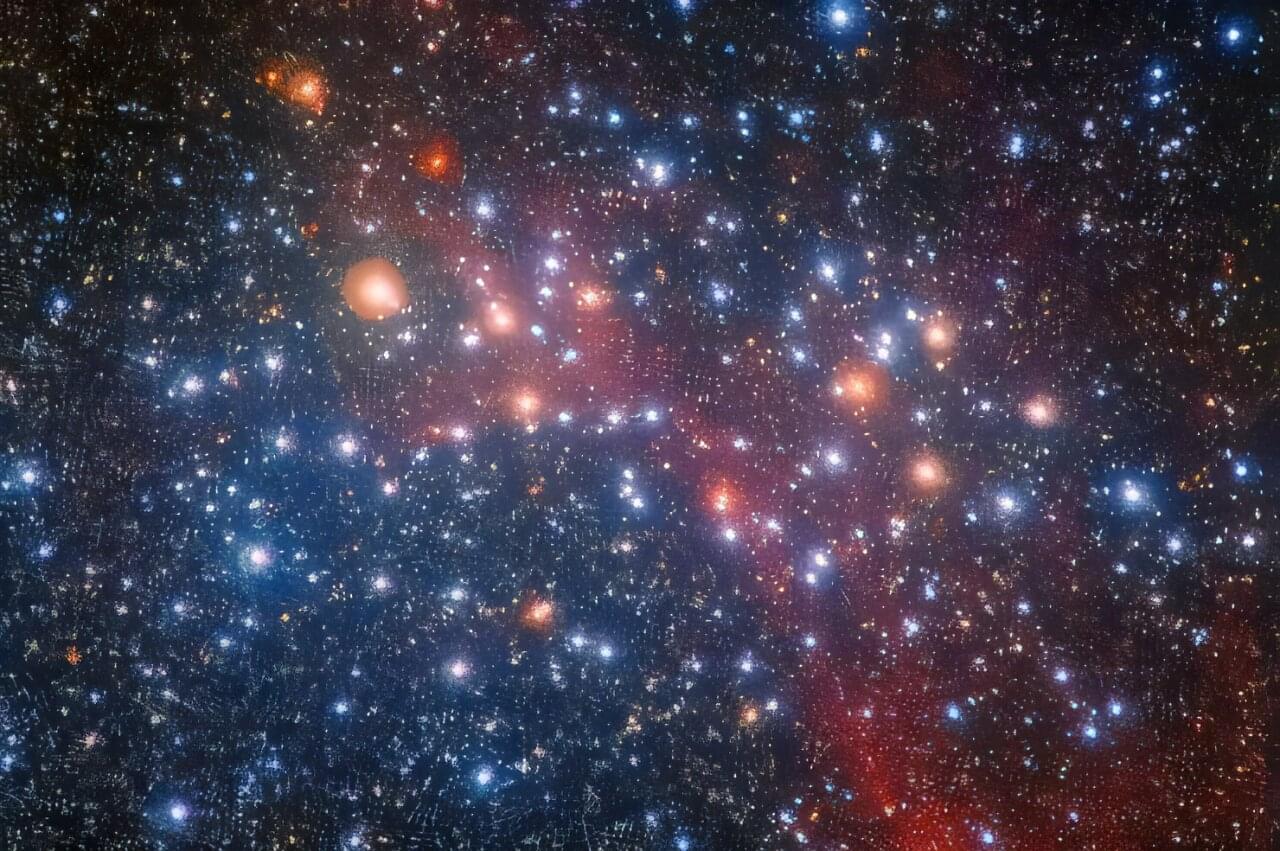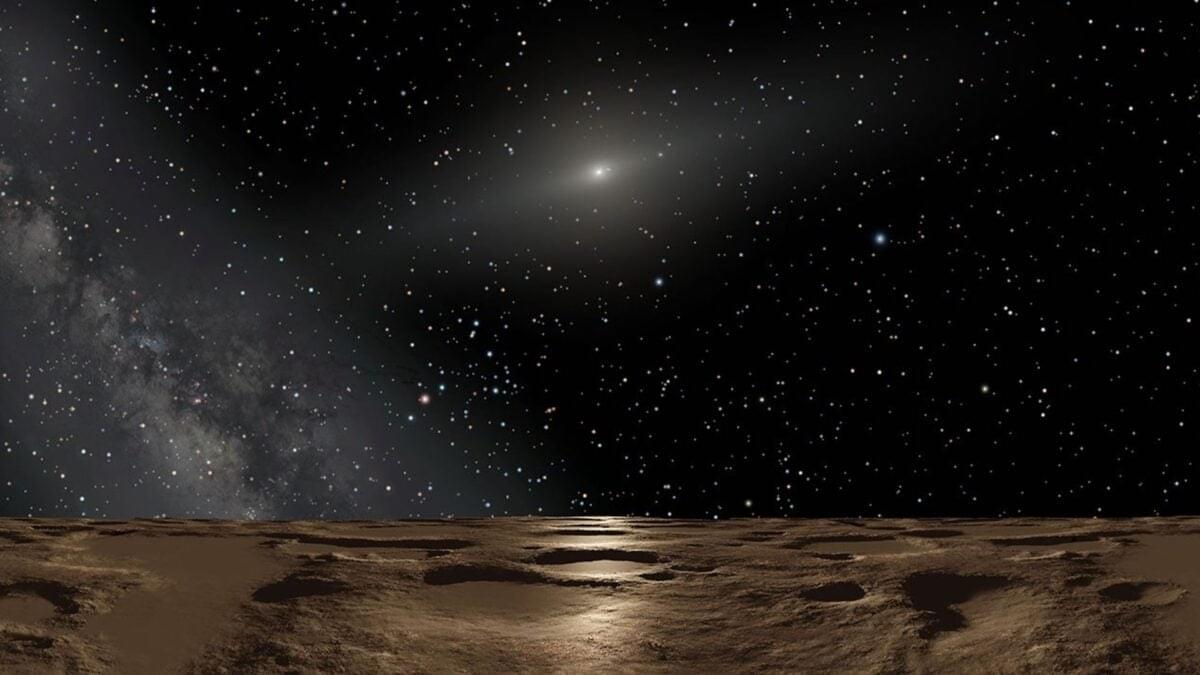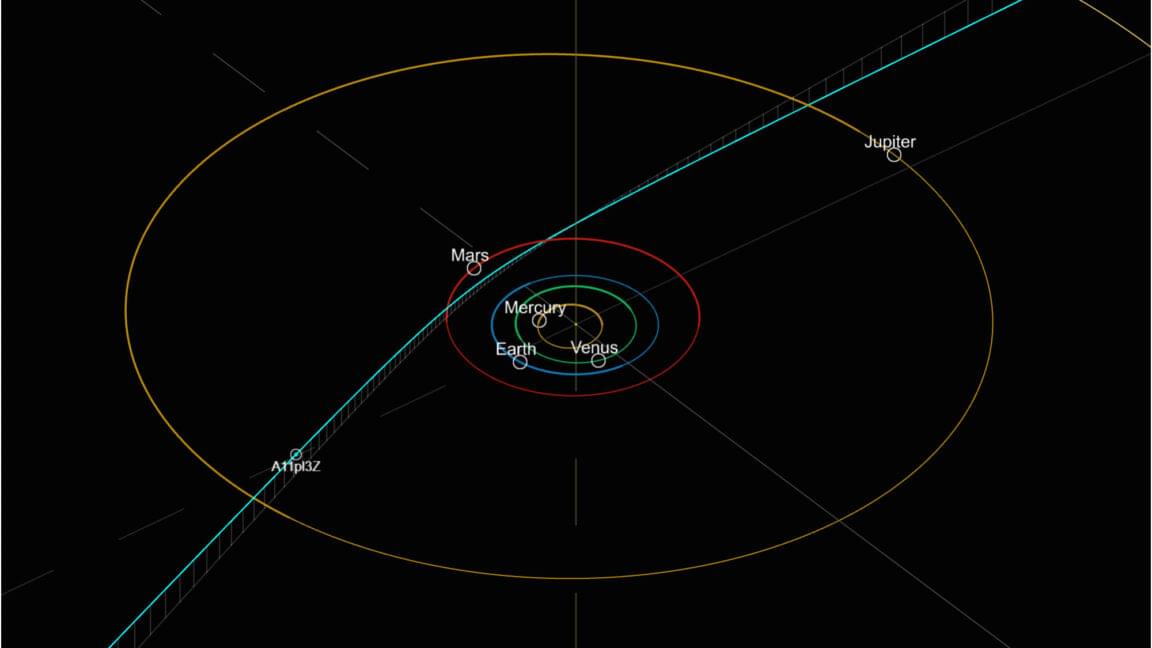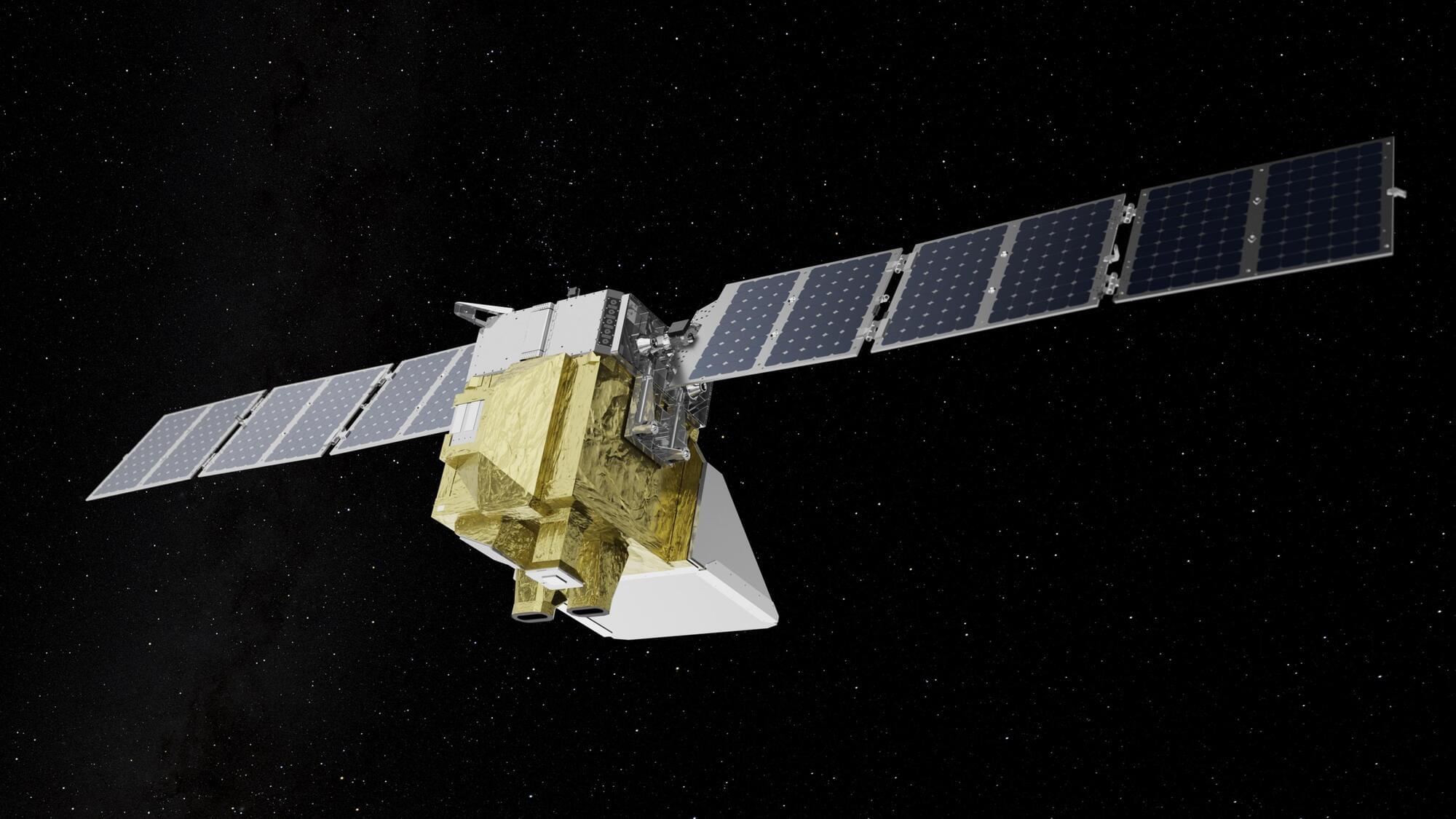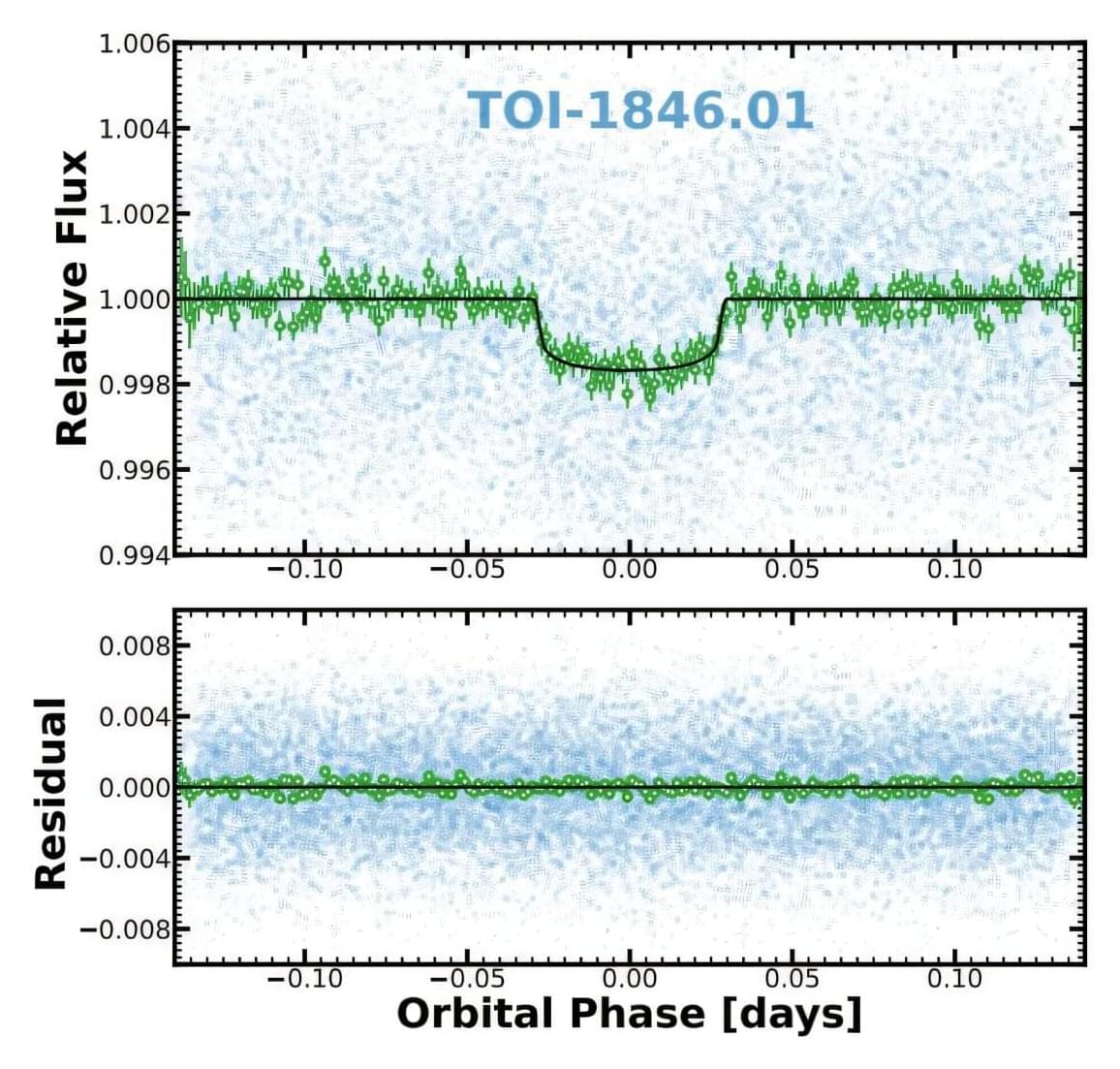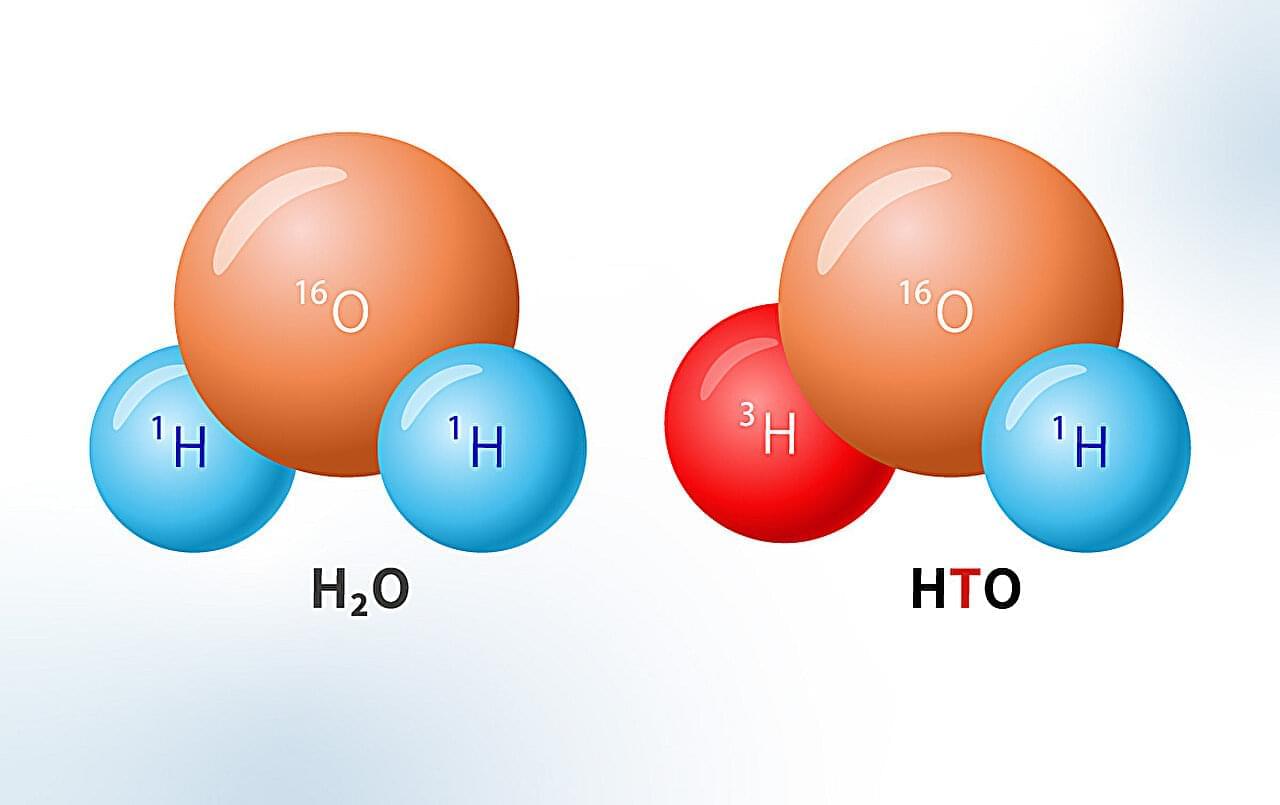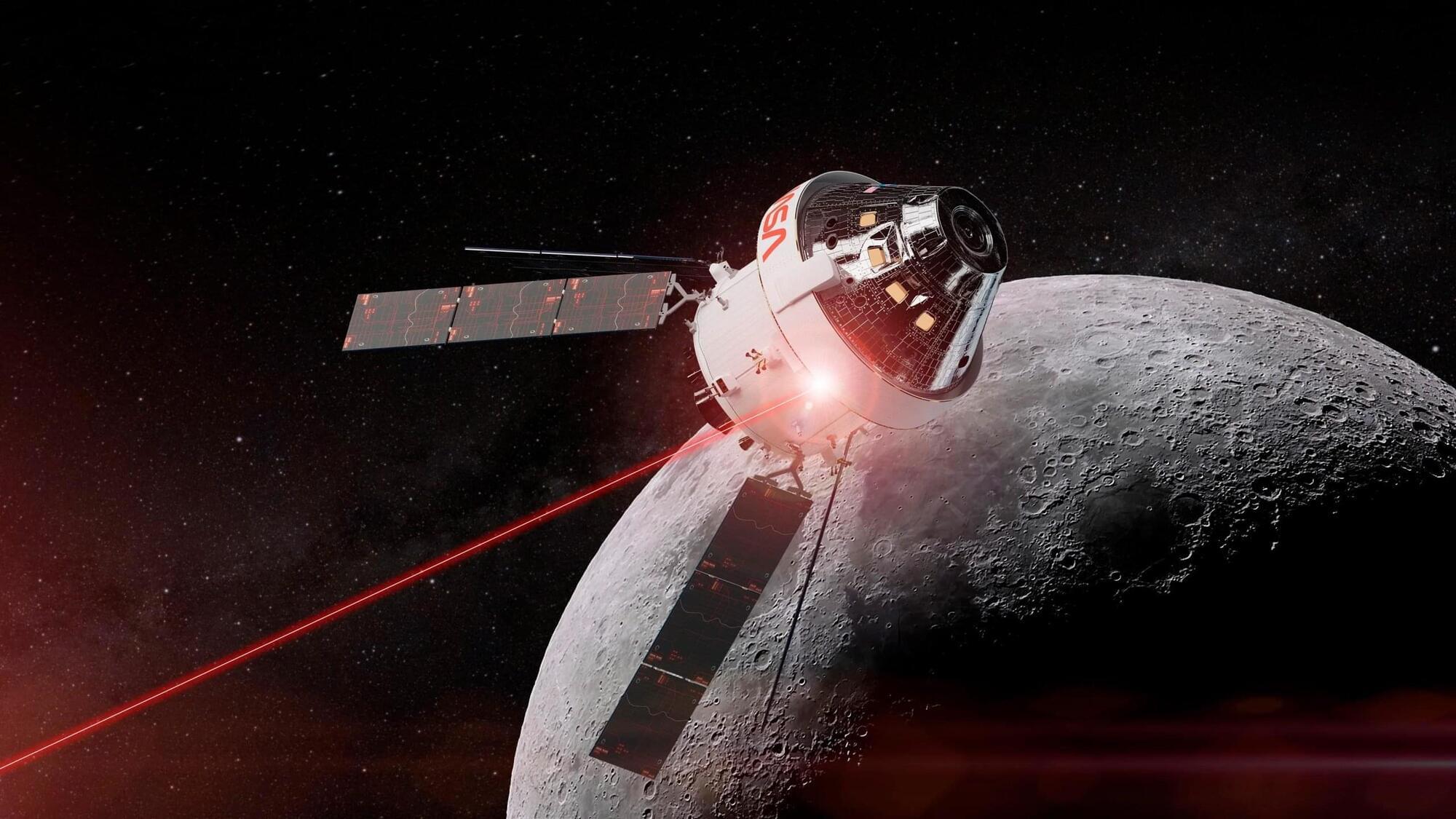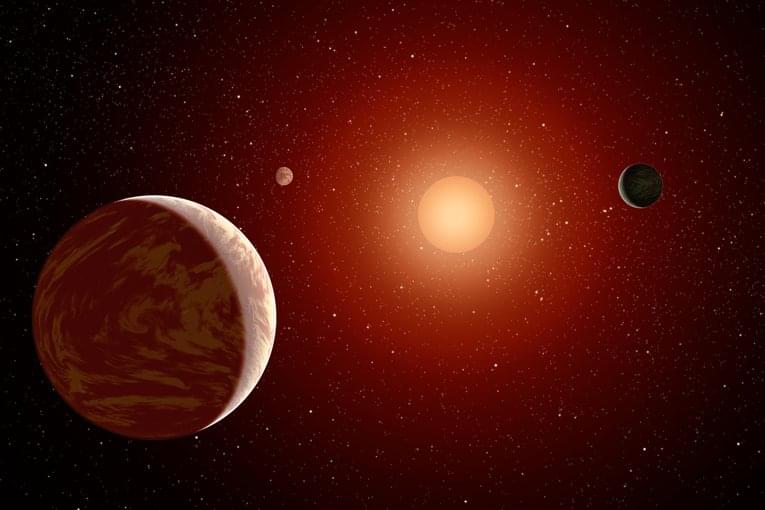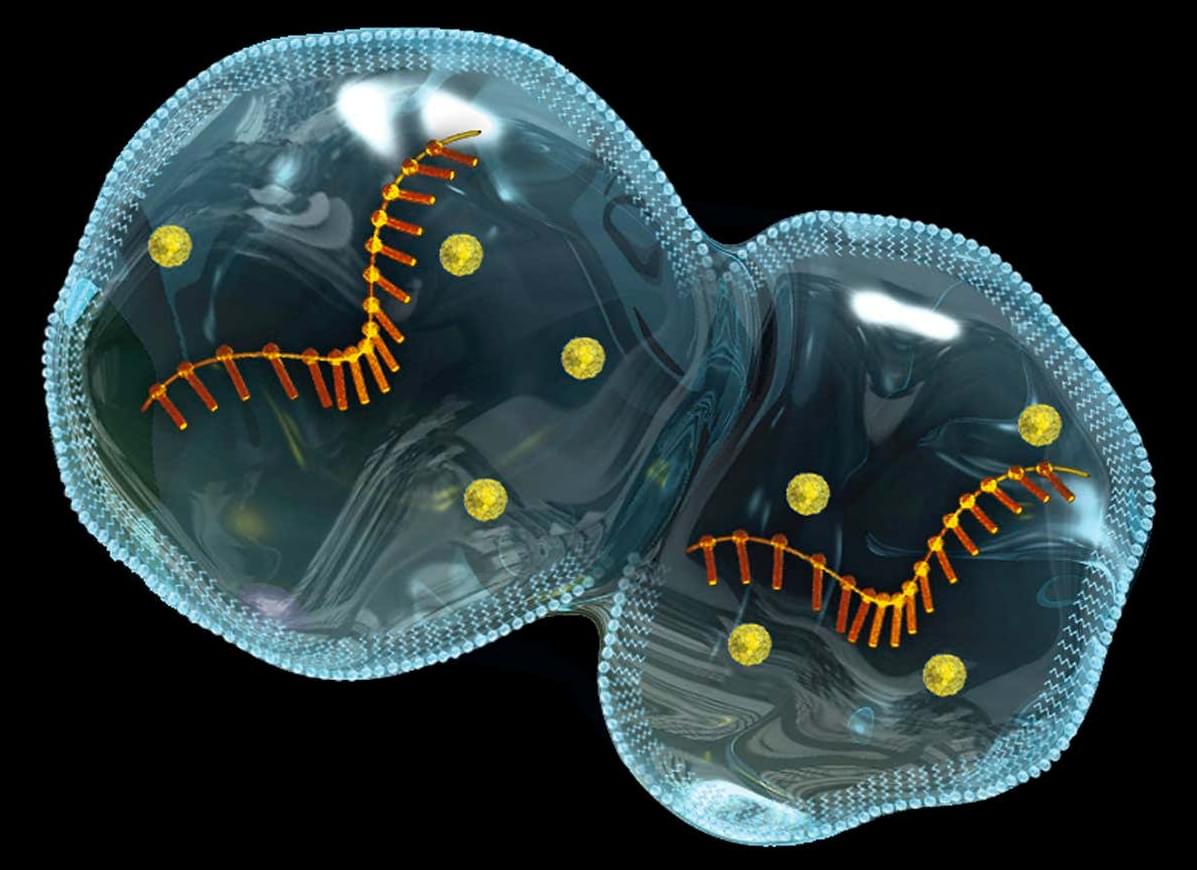Figuring out the ages of stars is fundamental to understanding many areas of astronomy—yet, it remains a challenge since stellar ages can’t be ascertained through observation alone. So, astronomers at the University of Toronto have turned to artificial intelligence for help.
Their new model, called ChronoFlow, uses a dataset of rotating stars in clusters and machine learning to determine how the speed at which a star rotates changes as it ages.
The approach, published recently in The Astrophysical Journal, predicts the ages of stars with an accuracy previously impossible to achieve with analytical models.
